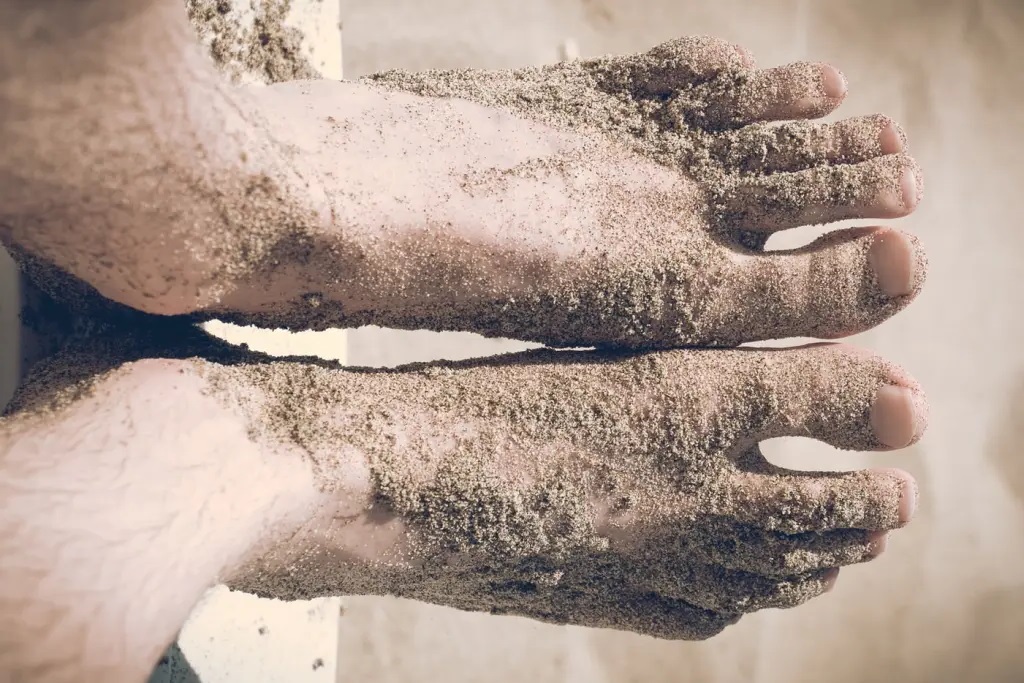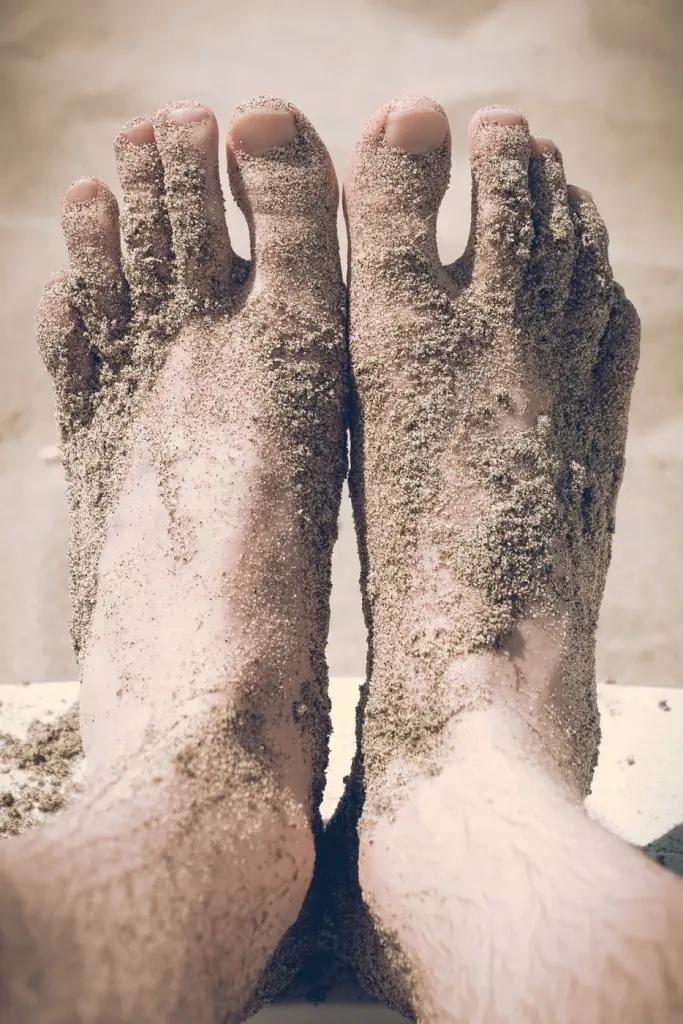Toenail fungal infections, often dismissed as minor annoyances, are emerging as a significant health concern worldwide. The medical community is increasingly highlighting the severe consequences of overlooking these infections, known medically as onychomycosis. Caused by various fungi that invade the nails, usually due to prolonged dampness and moisture exposure, these infections can lead to nails becoming discolored, thick, or brittle. While they might seem like mere cosmetic issues at first, fungal infections can rapidly spread, complicating treatment and affecting other toenails and the skin.
Medical experts, including podiatrists like Dr. Sarah Johnson from a leading medical center, are raising alarms over the potential severe outcomes of untreated toenail fungus. The infection can escalate to athlete’s foot or, in severe cases, cellulitis—a serious bacterial skin infection that can be life-threatening.
The risks are particularly high for individuals with weakened immune systems, such as the elderly, diabetics, and those with chronic conditions. For these groups, a fungal infection can lead to systemic issues if the fungus enters the bloodstream, posing a threat to overall health and even affecting other organs.
Beyond the physical health implications, toenail fungal infections can significantly impact mental and emotional well-being. Individuals often experience embarrassment and a diminished quality of life, avoiding situations where their feet might be exposed, leading to social withdrawal and self-consciousness due to societal stigma.
With the incidence of toenail fungus infections on the rise, healthcare professionals urge immediate medical consultation and treatment. Prompt action is crucial to prevent the spread of the infection and avoid further complications. While over-the-counter treatments like antifungal creams and nail polishes can offer relief for milder infections, more severe cases may require prescription oral antifungals.
Prevention remains the best strategy against toenail fungus. Simple measures such as maintaining dry and clean feet, wearing moisture-wicking socks, choosing well-ventilated shoes, and avoiding barefoot exposure in public areas can significantly reduce infection risk.
As awareness grows regarding the serious risks associated with ignoring toenail fungal infections, there’s a pressing need for greater public education. By prioritizing foot health, seeking timely medical advice, and adopting preventive measures, individuals can safeguard their health and well-being against the underestimated threat of toenail fungus, emphasizing the importance of early intervention in mitigating these infections’ potentially grave consequences.

